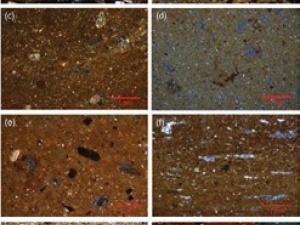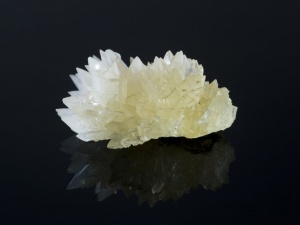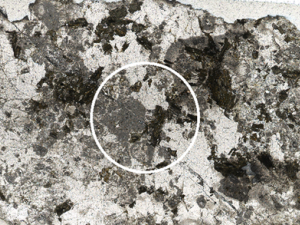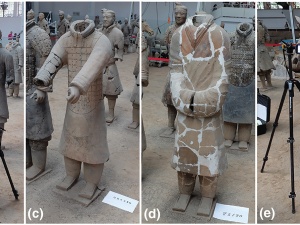Data Fusion of Vis–NIR and pXRF Spectra to Predict Soil Physical and Chemical Properties
Abstract
We tested one front-end data fusion method to combine visible near-infrared (vis–NIR) and portable X-ray fluorescence (PXRF) spectra for predicting different soil properties and investigated the contribution of different sensor data. A total of 197 soil samples were collected from 25 Alfisols and Mollisols in south-central Wisconsin, USA. Soils were analysed in the laboratory for clay, sand, silt content, total carbon (TC), total nitrogen (TN) and pH. Air-dried soil samples were scanned with vis–NIR and PXRF spectrometers. A principal component analysis (PCA) was applied to each of the vis–NIR and PXRF spectra to extract the first 10 principal components (PCs), which were used in the Cubist model. Five types of input data were compared for constructing the models using a front-end data fusion approach, including: (a) 10 PCs from vis–NIR spectra, (b) 10 PCs from spectra of PXRF beam 1 (XRF40), (c) 10 PCs from spectra of PXRF beam 2 (XRF10), (d) concatenating 20 PCs from two PXRF spectra (XRF40 + 10), and (e) concatenating 30 PCs from two PXRF spectra and vis–NIR spectra (XRF40 + 10 + NIR). In addition, the performances of the preprocessing methods (four smoothing methods with or without background removal) of PXRF spectra were compared. Multiple linear regression was also used to predict soil properties directly from 11 PXRF-estimated elements. Our results suggest that smoothing should be applied to the PXRF spectra prior to developing predictive models. PXRF spectra and elemental data can predict soil texture with validation R2 > 0.85, better than using solely vis–NIR spectra, and combining vis–NIR and PXRF spectra improved the prediction. Combining PXRF and vis–NIR can also predict TC and TN moderately well. Soil pH cannot be predicted from vis–NIR or PXRF spectra in this dataset due to its weak correlations with other soil properties and elements. It is concluded that PXRF spectra can be solely used to estimate soil texture, whereas combining vis–NIR and PXRF spectra via PCA should be used to estimate TC and TN.
Highlights
- The use of front-end data fusion method to combine vis–NIR and PXRF spectra for predicting soil properties.
- Different preprocessing algorithms were compared systematically for PXRF spectra.
- Spectral smoothing should be applied to the PXRF spectra prior to developing predictive model.
- PXRF spectra can be used solely to estimate soil texture, whereas combining vis–NIR and PXRF spectra via PCA should be used to estimate TC and TN.
Full article:
Source: Preview Image: Aggie 11/Shutterstock






